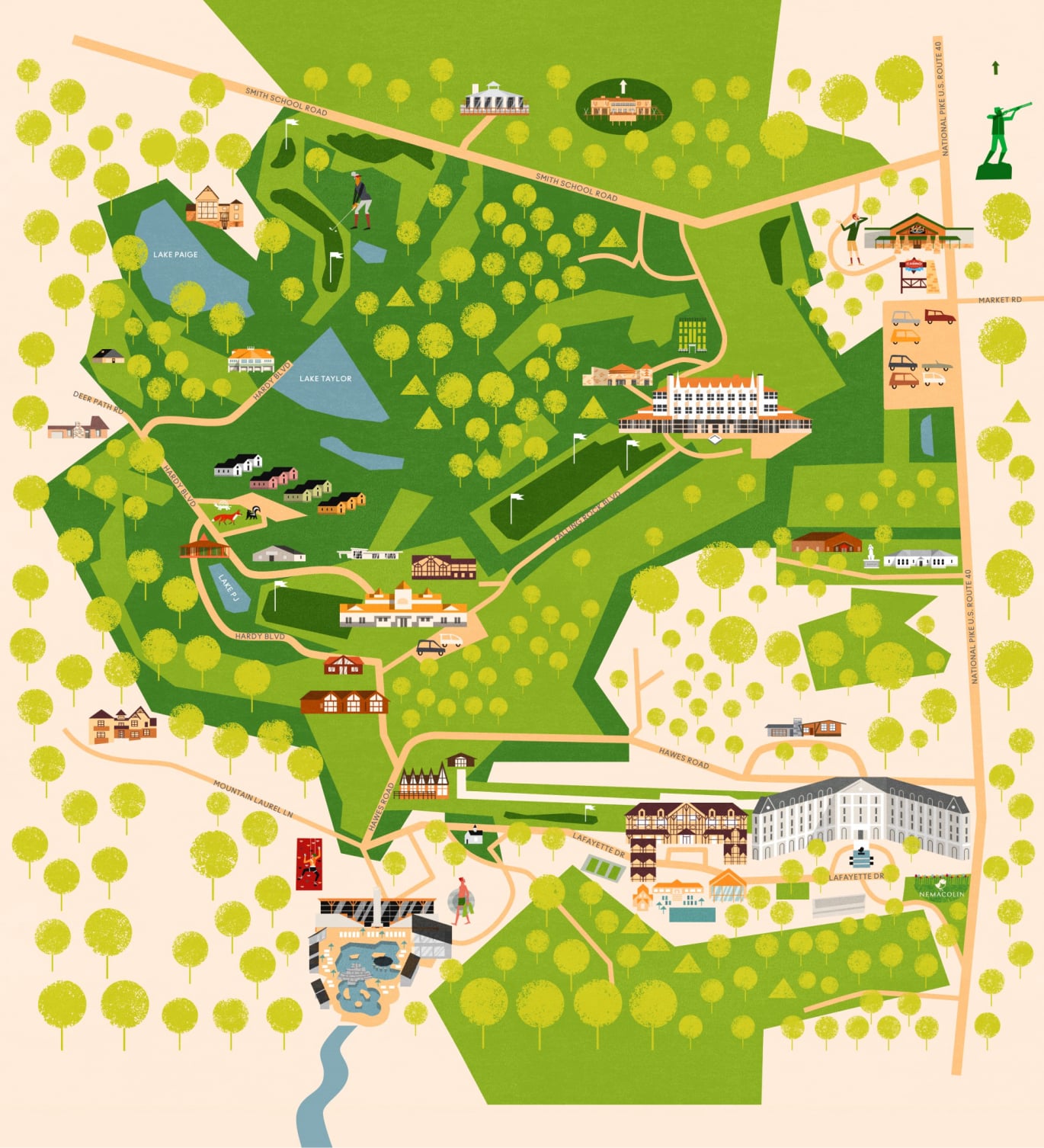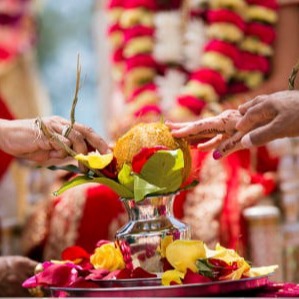The Wedding Ceremony
A multi-denominational and traditional Wedding Ceremony
1 Sehra Bandi ∣ Processional
Tradition & origin In Punjabi homes the groom’s sisters tie a fragrant sehra (floral veil) across his turban just before he sets out, a practice that appeared in Mughal Punjab to shield the groom from the evil eye. Western liturgy begins instead with a processional: attendants and finally the bride walk to music—a custom fixed in Irish Catholic missals after the 16-century Council of Trent and retained, with plainer hymn-singing, in Dutch Reformed churches.
Meaning today Whether through blossoms or organ chords, the opening moment says, “Here comes the promise.” It lets the young couple savour one final breath as individuals before the community quite literally turns to face the union that is about to be blessed.
2 Welcome & Opening Prayer
Tradition & origin Punjabi and Bengali priests chant a brief mangal-ācharan to Ganesha or Durga; Irish celebrants begin Mass with the Sign of the Cross; Dutch ministers read a Psalm and invoke the Trinity. All stem from the ancient Indo-European instinct to consecrate space before a covenant.
Meaning today This shared pause signals that marriage is larger than a legal contract: it stands inside a sacred story cherished by four cultures. The couple hears, perhaps for the first time in one voice, the languages and devotions that shaped their forebears.
3 Ghodi Chadna ∣ Bor Jatri
Tradition & origin A Punjabi groom once galloped to the bride’s village on a ghodi (mare); the scene survives today with a decorated horse or vintage car. In Bengal the groom’s party (Bor Jatri) travels in a dignified procession of elders. Medieval Irish and Dutch records show simpler arrivals—mostly foot or carriage—yet the motif of “journeying toward covenant” is common to all.
Meaning today For the groom it dramatizes leaving childhood behind. For both families it is a cheerful proclamation that life’s road now widens to include new kin.
4 Milni ∣ Boron
Tradition & origin Milni (Punjabi) pairs elders from each side to exchange garlands and hugs—a practice born in Maharaja courts to ensure political amity at weddings. The Bengali Bor Boron greets the groom with a lamp, sweets and rice, echoing agrarian rites of hospitality. Medieval Irish “hand-fasting” and Dutch “kussen-dag” (kiss-day) likewise marked the formal hand-over of guardianship.
Meaning today This handshake of households tells the couple that love is never solitary; it is stitched into the goodwill of an ever-larger circle.
5 Saat Paak & Subho Drishti ∣ First Look
Tradition & origin In Bengal the bride circles the groom seven times on a low stool (saat paak), then uncovers her eyes for subho drishti—a first, auspicious glance described in 17-century Gaudiya texts. Modern Western ceremonies mimic the excitement with a staged “first look” for photographs.
Meaning today Seven circuits or one shared gaze—both dramatise recognition: “I choose you.” They freeze a private moment within a public rite, etching the couple’s first memory as partners.
6 Jaimala ∣ Mala Bodol
Tradition & origin Exchanging flower garlands is Vedic in origin; Punjabi families call it jaimala, Bengalis mala bodol. Victorian Irish weddings substituted coin or lace tokens; Dutch Protestants preferred a plain handshake until rings became universal in the 19 th century.
Meaning today The garland (or ring) is the first tangible gift the partners place on each other, pledging equality and mutual delight before more solemn vows follow.
7 Kanyadaan ∣ Sampradan ∣ “Giving Away”
Tradition & origin Kanyadaan (Punjabi) and sampradan (Bengali) descend from the Shatapatha Brāhmaṇa: the bride’s father pours holy water as he entrusts her to the groom. The Irish father’s walk down the aisle and the Dutch bruidsoptocht mirror the same transfer of guardianship but within Christian theology of free consent.
Meaning today The act acknowledges parents’ lifelong nurture and releases the couple to form an autonomous, yet still connected, household.
8 Sacred Fire & Scripture Readings
Tradition & origin Around the havan fire Punjabi couples perform the mangal pheras; Bengalis complete a second set of seven steps while priests chant Vedic verses. Irish Mass moves to the Liturgy of the Word—Old and New Testament lessons—while Dutch services feature a sermon on covenant passages (Genesis 2, Ephesians 5).
Meaning today Fire and Word both serve as eternal witnesses. For the couple, stepping or listening together binds them under a moral canopy older than any one culture.
9 Vows, Sindoor & Rings
Tradition & origin After the seventh step, Hindus exchange whispered vows; the groom applies vermilion (sindoor) and clasps a mangalsutra. Western couples speak formulaic promises and trade rings, a rite fixed in Roman liturgy by the 11 th c. and adopted by Dutch Calvinists with simpler wording.
Meaning today Whether marked in red powder or gold, these tokens seal intention with visibility: a lifelong reminder on skin or finger that love is an active verb.
10 Unity Ritual (Candle / Sand / Rope)
Tradition & origin Not native to Hindu rites, the Western unity candle emerged in 20 th-century American Catholic practice; Dutch ceremonies often braid three cords or pour two sands, echoing Ecclesiastes 4:12. Many intercultural couples now adapt it as an inclusive symbol.
Meaning today It visually fuses separate lives—and faith stories—into one flame or pattern, giving parents a role in kindling the shared future.
11 Akhand Saubhagyavati / Final Blessing & Recessional
Tradition & origin Punjabi brides receive an akhand saubhagyavati blessing from married women, praying for unbroken wifely bliss. Bengali priests chant shanti mantras; Irish Mass ends with a nuptial blessing and dismissal; Dutch pastors pronounce de zegen and lead a hymn before the couple exits.
Meaning today The recessional is a launch, not a farewell. As music swells and guests rise, the couple walks forward as one household—carrying four vibrant heritages that now converge in a single, shared story.


